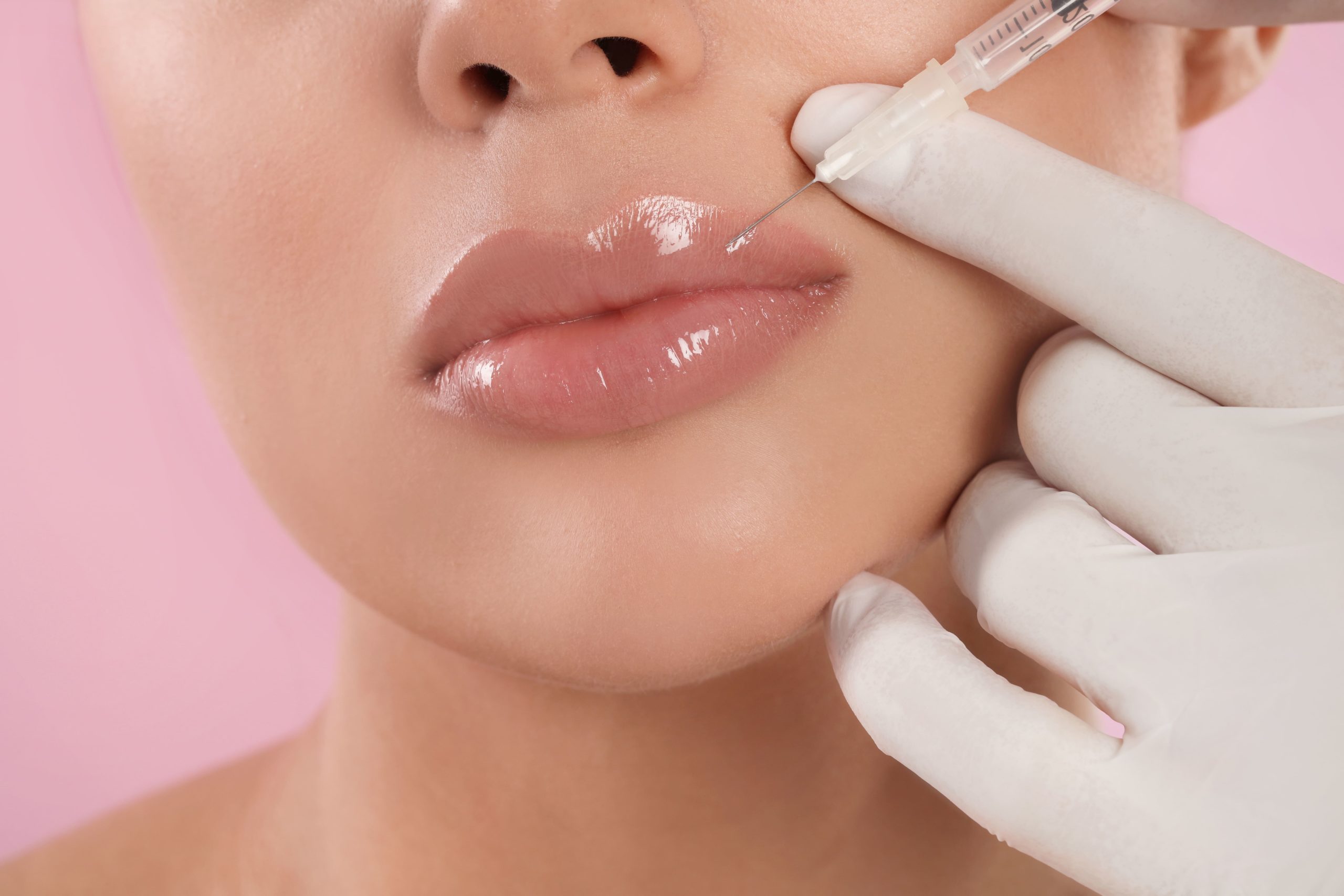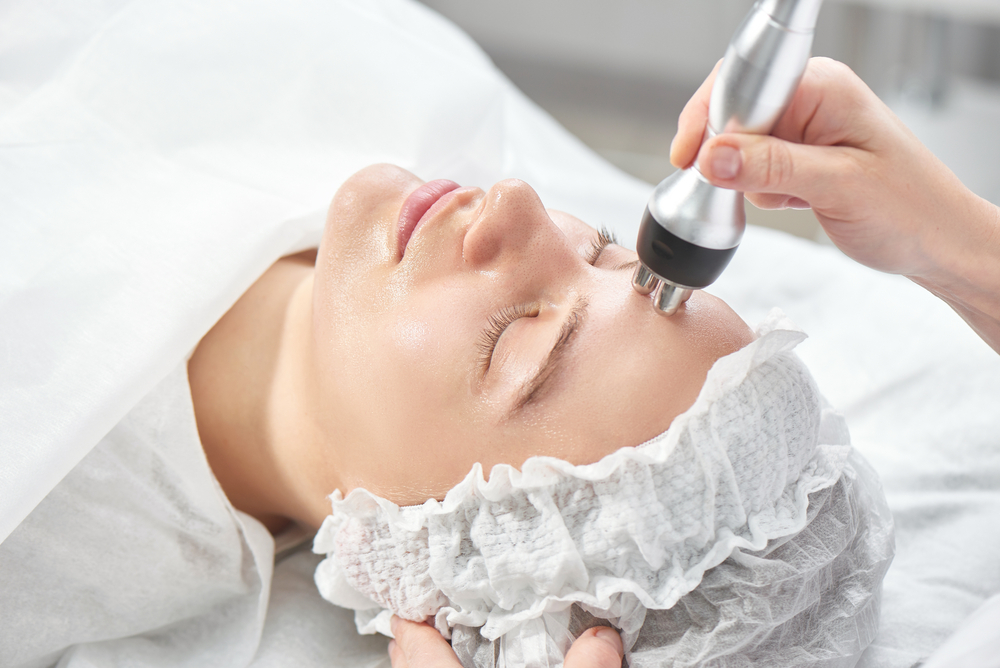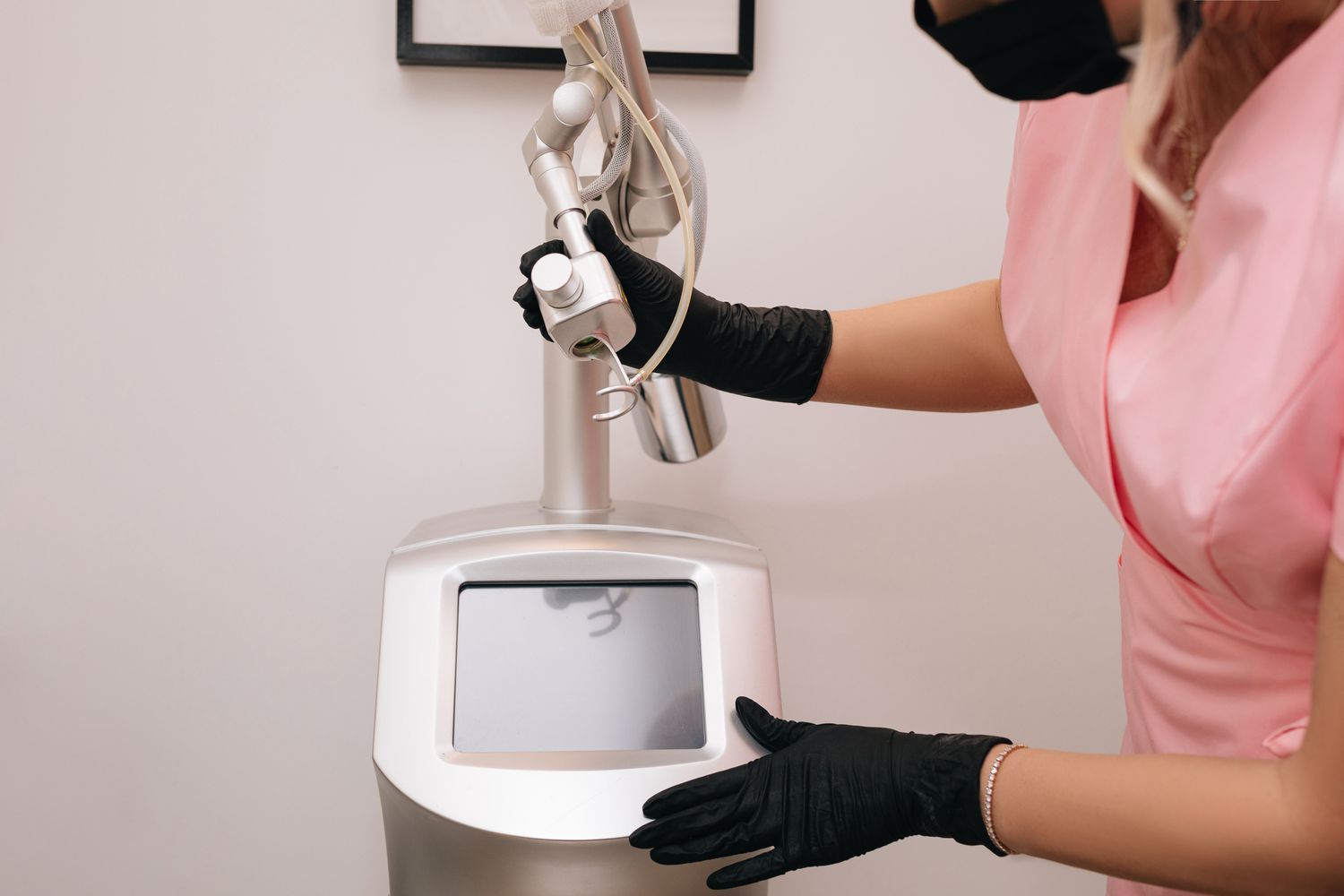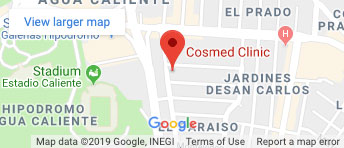Understanding the Differences Between Fillers and Botox
In the world of non-surgical cosmetic treatments , fillers and Botox stand out as top choices. They’ve changed the approach to aging and beauty, offering methods to reduce aging signs without the need for invasive procedures. Though both aim to enhance appearance, fillers and Botox differ in how they’re used, how they work, and the results they provide.
Annual statistics from the American Society of Plastic Surgeons confirm this trend, as reported Botox procedures have seen a 28% increase since 2010 and dermal fillers have seen a 32% increase since 2010 among the age group 20-29.
Defining Fillers and Botox
Fillers, primarily known for their volumizing effect, are substances injected beneath the skin to smooth deep lines, restore lost volume, and enhance facial contours. They are popular for plumping lips, redefining the jawline, and correcting hollow areas under the eyes.
Botox, a renowned name in the cosmetic world, refers to a specific brand of botulinum toxin. It is used to address dynamic wrinkles – the lines formed from repetitive facial movements. By temporarily paralyzing targeted muscles, Botox effectively smoothens out wrinkles such as crow’s feet, forehead lines, and frown lines.
How They Work
The main difference lies in how they achieve their results. Fillers work by physically filling in spaces and creases in the skin, often using substances like hyaluronic acid, which is naturally found in the skin. This results in an immediate smoothing and volumizing effect.
Botox, on the other hand, works in a unique way by focusing on the nerves. It essentially blocks the signals that tell muscles to contract. This action helps to prevent new wrinkles from forming and existing ones from getting deeper, particularly those that come from facial expressions like smiling or frowning. As a result, the skin appears smoother and more relaxed, without the muscle movements that deepen wrinkles.
As Dr. Nathalie states, “Botox is a toxin, botulinum toxin, which is extracted from bacteria. This toxin is injected directly into the muscle, causing muscle relaxation. Botox is therefore used to relax the muscles and prevent the appearance of wrinkles, in a preventive way or in case the wrinkle is already there, to relax that muscle to blur the appearance of wrinkles.
The fillers are a substance called hyaluronic acid, this substance has been created to create volume in the skin. Different types of hyaluronic acid can be used, depending on its density and characteristics, is the area in which it is used, there are some that are designed to be placed superficially in the skin to blur fine wrinkles but there are others that help us to create more projection and more volume, which are indicated for areas such as cheekbones, jaw and chin.”
Duration of Results
Another notable difference lies in how long their effects last. With fillers, the improved look can stay from anywhere between 6 months to 12 months, which depends on the type of filler chosen. Botox, while also effective, tends to have a shorter impact, generally lasting from about 3 to 4 months. Therefore, when considering either treatment, it’s important to think about the frequency of maintenance visits one is comfortable with.
Side Effects and Safety
Both treatments come with their own set of potential side effects. Common side effects of fillers include redness, swelling, and bruising at the injection site. Botox may also cause some localized bruising. It’s crucial to have these treatments administered by a qualified professional to minimize risks.
Combining Treatments
By combining fillers and Botox, you can tackle both types of wrinkles simultaneously, leading to a more thorough facial rejuvenation. This dual approach not only smoothens out wrinkles but also enhances facial volume, giving your face a more refreshed and vibrant appearance. It’s a holistic strategy that leverages the strengths of both treatments to achieve a more youthful and revitalized look.





